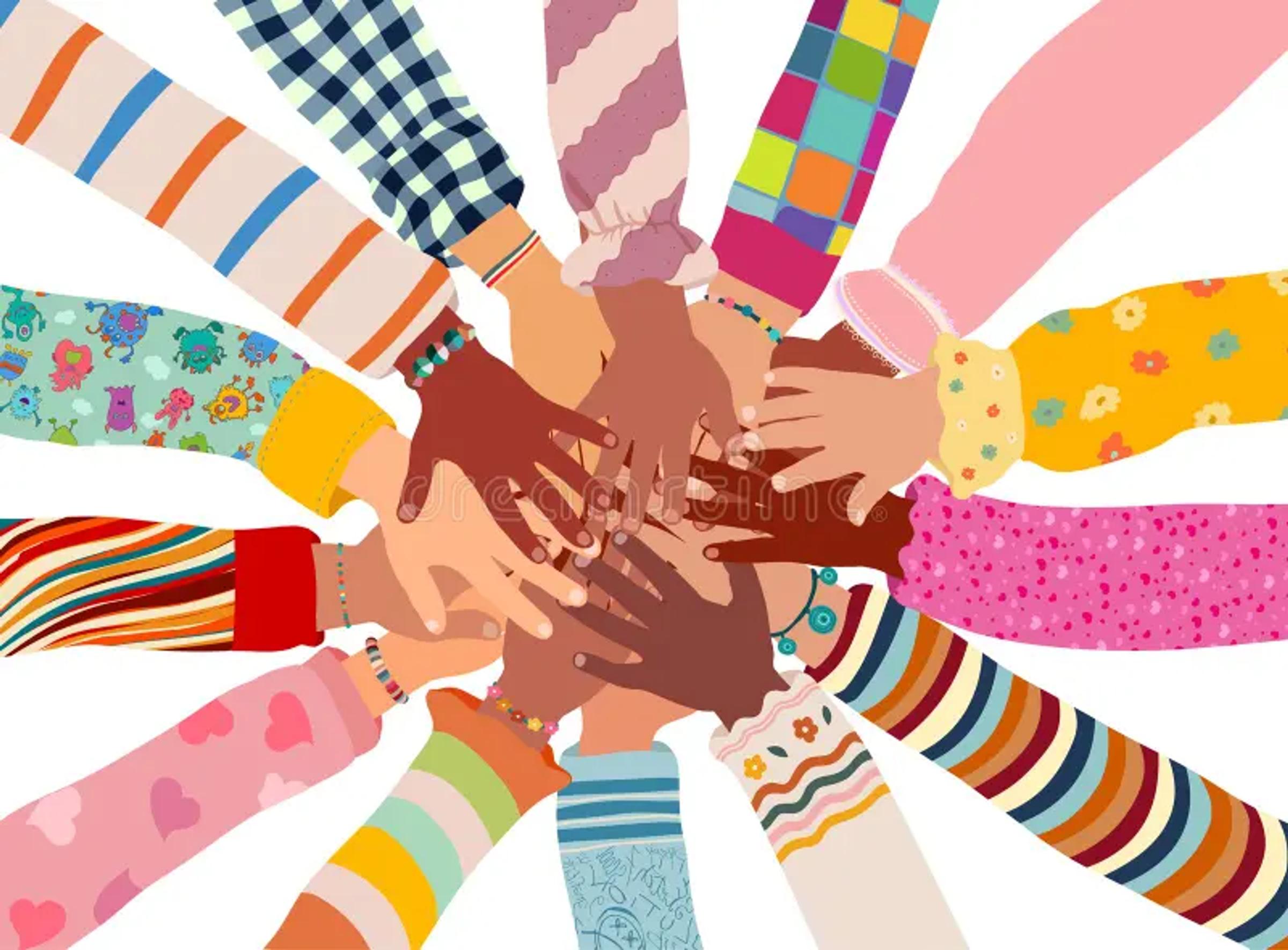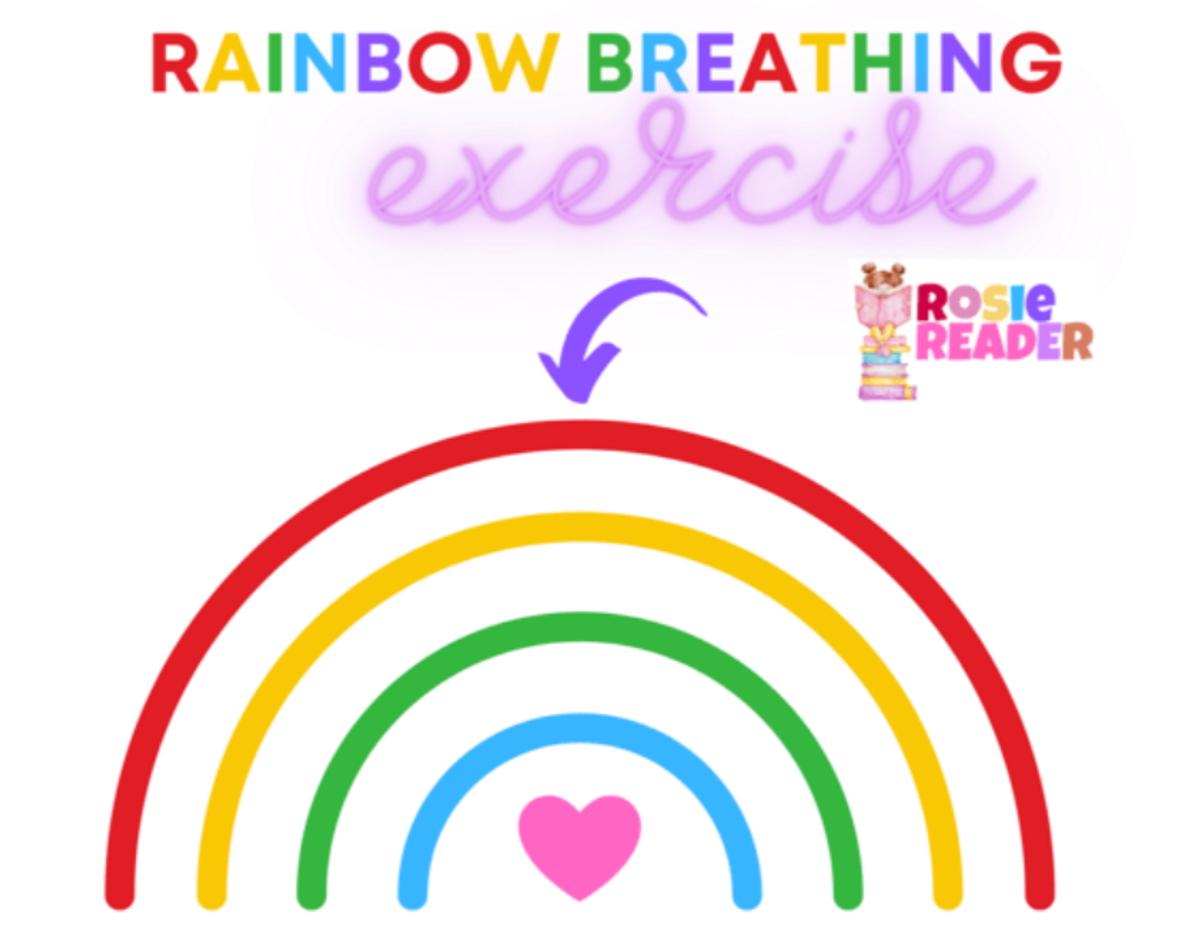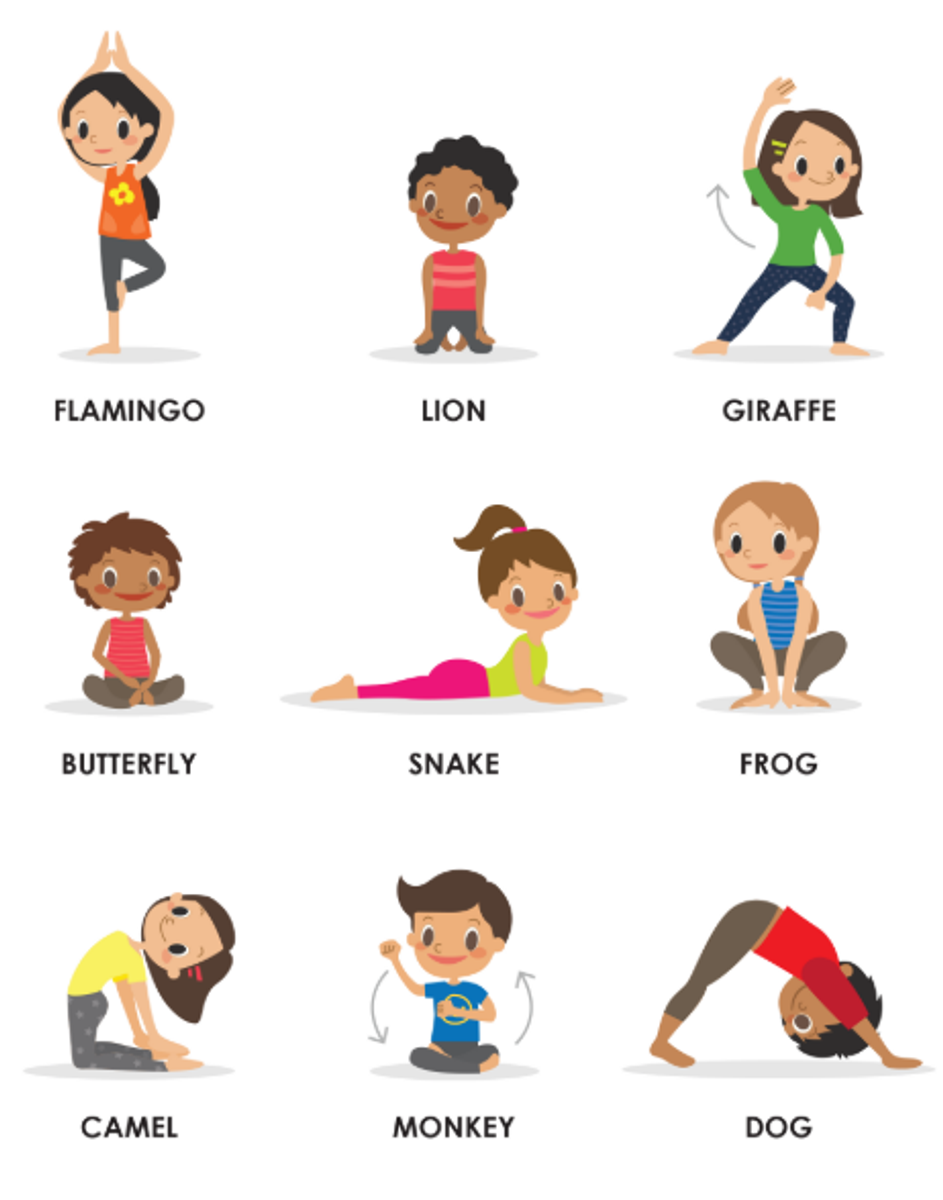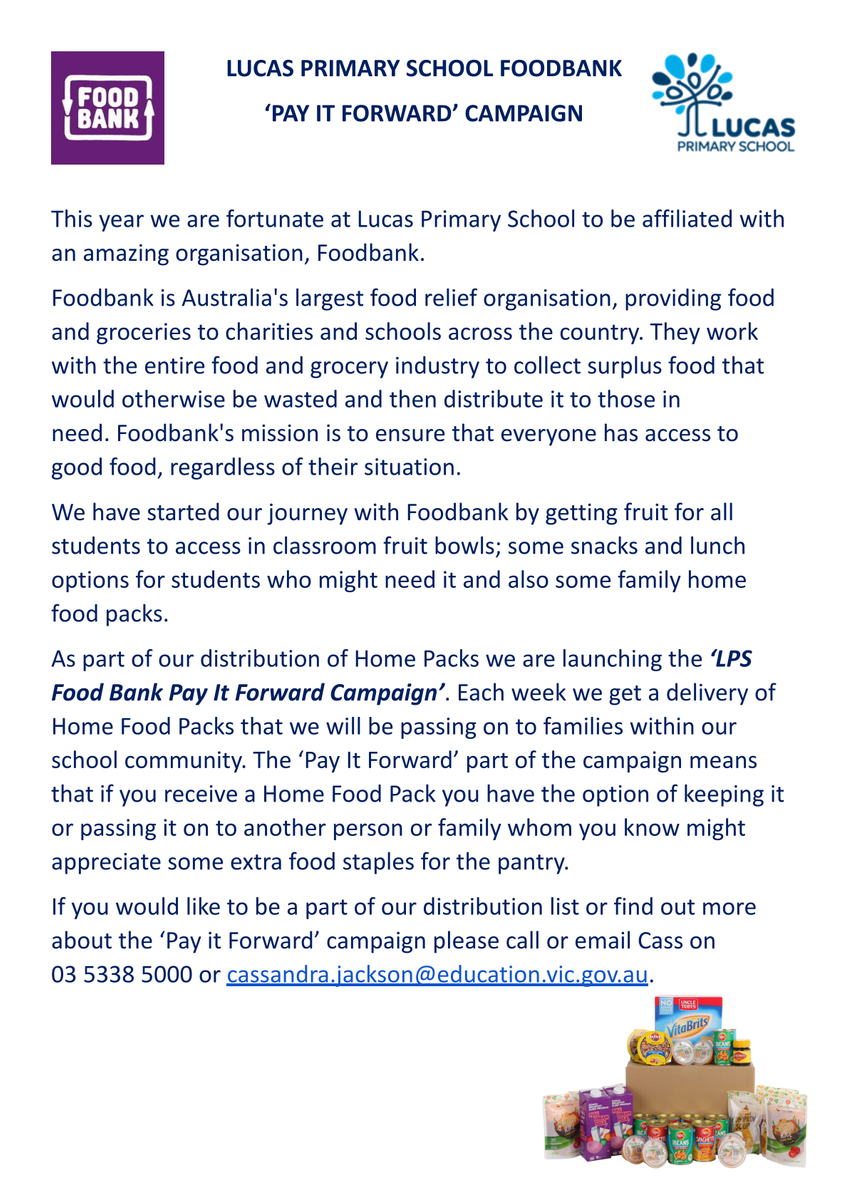Wellbeing and Inclusion

Taking care of our minds and bodies helps us all to thrive—whether in the classroom, on the playground, or at home. In this section, we share some ideas to support the emotional, mental, and physical health of our students and families. Let’s work together to create a positive, caring Lucas Primary School community where everyone feels valued and connected.
Breathing exercises:
Breathing exercises help you and your child learn to breathe slowly and deeply. When you breathe deeply, you feel calmer and more relaxed.
When you’re calm and relaxed, it’s good for your overall wellbeing. Feeling calm also helps you use good judgment and make better decisions, especially in stressful situations.
Mindfulness:
Mindfulness is focusing your complete attention on what’s happening right now. It’s also letting your thoughts and worries come and go without judgment.
When you practise mindfulness, you’ll feel generally calmer, more focused and better able to concentrate. And in moments of stress, you’ll be able to pause, relax, see things more clearly and make better decisions.
Overall, mindfulness can reduce stress and boost your wellbeing.
When you encourage children and teenagers to be mindful, it can help them develop skills to deal with the stress of study, work and play as they get older.
Everyday mindfulness
You can use everyday moments to build and practise everyday mindfulness. The more you practise, the more benefit you’ll get.
You can also encourage your child to develop mindfulness. In many ways, this is simply about getting your child to do what they naturally do. Young children are naturally mindful because every new experience is fresh and exciting for them. Older children and teenagers can learn mindfulness.
There are many ways to help your child develop and practise mindfulness. For example:
- Colouring in is a great way to get your child focused on a task.
- Walking through nature with the family can get your child interested in exploring the beauty of nature. Your child could collect and examine autumn leaves or feel the sand beneath their toes during a walk on the beach.
- Taking photographs or drawing something interesting or beautiful – like a seashell or an insect – encourages your child to look closely at details.
- Looking after a vegetable patch encourages your child to notice how plants grow.
- Listening to music and focusing on the instruments or lyrics is a great way for your child to focus on the present without distraction.
Grounding exercises: how they help children and teenagers
After a traumatic, frightening or upsetting experience, a grounding exercise can help children and teenagers calm down and manage emotions like anxiety and fear. Grounding exercises work by encouraging children to focus on the environment around them, rather than on the thoughts and feelings that are distressing them.
Grounding exercises can help adults too, so you could do a grounding exercise together with your child.
Grounding exercises are a kind of mindfulness.
How to do a grounding exercise
Start by making sure your child is sitting comfortably with their legs and arms uncrossed. It might help your child if you sit in this position too. Then use a calm, quiet voice to guide your child through the exercise. Take it slowly and allow time for each step.
Here’s how to talk your child through the steps in this exercise:
- ‘Get comfortable. Uncross your arms and legs.’
- ‘Now breathe in and out slowly 3 times.’ You can guide your child by saying, ‘Breathe in ... breathe out …. Breathe in ... breathe out …. Breathe in ... breathe out …’.
- ‘Now look around you. Name 5 objects that you can see.’ You can prompt your child with examples like ‘I see the ground. I see my shoe. I see a tree. I see a car. I see my friend’.
- ‘Close your eyes. Breathe in and out slowly 3 times.’
- ‘Keep your eyes closed and listen carefully. Name 5 sounds that you can hear.’ You can prompt your child with examples like ‘I hear a person talking. I hear a bird chirping. I hear a door close. I hear a car going past. I hear myself breathing’.
- ‘Keep your eyes closed. Breathe in and out slowly 3 times.’
- ‘Keep your eyes closed and think about how your body feels. Name 5 things you can feel.’ You can prompt your child with examples like ‘I can feel my toes inside my shoes. I can feel my feet on the ground. I can feel my fingers pressed together. I can feel my t-shirt on my shoulders. I can feel my teeth with my tongue’.
- ‘Keep your eyes closed. Breathe in and out slowly 3 times.’
Options for grounding exercises
There are many ways to do grounding exercises with your child. For example:
- Counting – choose an item and ask your child to look around and count all the items they can see. For example, your child could count pieces of furniture.
- Categories – choose a category and ask your child to name all the things they can see in that category. For example, you child could name yellow things.
- Touch – ask your child to rub their hands lightly over something close to them and notice the texture. For example, your child could rub carpet, clothing or a piece of furniture.


